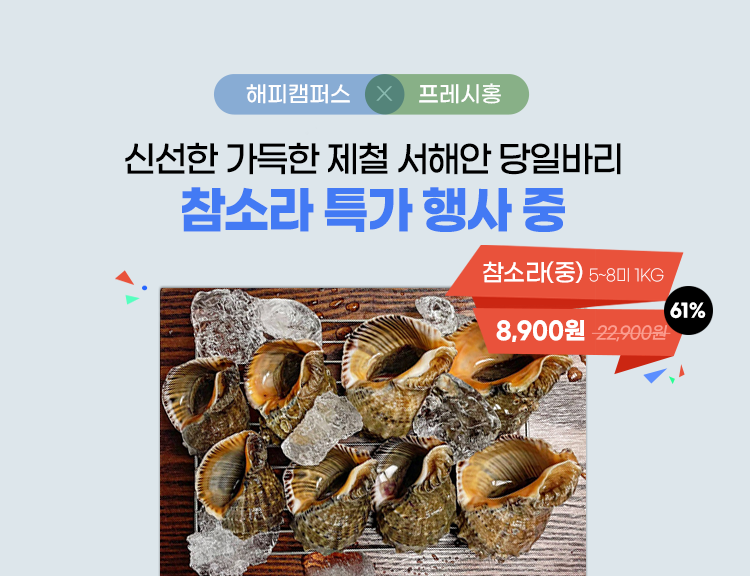Hexachlorobenzene Dechlorination Ability of Microbes from Canal and Estuary Sediments
* 본 문서는 배포용으로 복사 및 편집이 불가합니다.
서지정보
ㆍ발행기관 : 한국습지학회
ㆍ수록지정보 : 한국습지학회지 / 9권 / 1호
ㆍ저자명 : Anotai Jin, Voranisarakul J., Wantichapichat W., Chen I.M.
ㆍ저자명 : Anotai Jin, Voranisarakul J., Wantichapichat W., Chen I.M.
목차
1.Introduction2.Materials and Methods
3.Results and discussion
4.Conclusions
References
한국어 초록
This study aimed to investigate the hexachlorobenzene (HCB) dechlorinating ability of sediment microbes collected from a natural canal receiving secondary effluents from an industrial estate and nearby factories. Nine sites along the stream and one in the estuary in the Gulf of Thailand into which the canal spills were specified and sampling for sediment and water. Preliminary analysis of the sediments showed that the first four sites nearest to the discharging location were contaminated by HCB within the range of 0.18 to 1.25 ppm. Apart from that, 1,3,5-trichlorobenzene which has never been commercially produced or used in any manufacturing processes except for the transformation from higher chlorinated benzene was also identified in the range of 0.16 to 0.24 ppm. This suggested a possibility of sporadically HCB contamination in this stream. Of more important, people in the community along this canal earn their living by coastal fishery; hence, posing a risk of spreading HCB and its less chlorinated congeners via food chain from caught marine creatures to human. As a result, there is an urgent need to understand the behavior of HCB dechlorination in this stream sediment which can lead to a clean-up action in the future. Serum bottles with sediment slurries (sediment to water ratio of 1:1 (v/v) and filtered to remove particles larger than 0.7 mm) from each site were inoculated with 2 mg/l of HCB, kept anaerobically in the dark at room temperature without any nourishment, and analyzed for HCB and its less-chlorinated congeners every 6 days. Total chemical oxygen demand, suspended solids, and volatile suspended solids were in the range of 21,492-73,584, 158,100-518,100 and 6,000-32,700 mg/l, respectively. It was found that all sediment slurries began to dechlorinate HCB in 12 to 30 days and the HCB was completely removed within 42 to 60 days or so. On the other hand, there was no HCB dechlorination occurred in the controlled set which was sterilized by autoclaving prior to the addition of HCB. This implies that the HCB transformation was solely due to microorganisms’activities. HCB was dechlorinated principally via pentachlolobenzene to 1,2,3,5-tetrachlorobenzene and terminated at 1,3,5-trichlorobenzene which is the major pathway as reported by many researchers. Dichlorobenzene has not been detected in any samples within the dechlorination period of 60 days. The results indicate that the microbial matrix in the sediment of this stream has an outstanding capability to dechlorinate HCB. Existing substrates and nutrients which mainly sorbed onto the solid phase and the typical temperature in Thailand were sufficient and suitable to promote the activities of these HCB-dechlorinating microbes.영어 초록
This study aimed to investigate the hexachlorobenzene (HCB) dechlorinating ability of sediment microbes collected from a natural canal receiving secondary effluents from an industrial estate and nearby factories. Nine sites along the stream and one in the estuary in the Gulf of Thailand into which the canal spills were specified and sampling for sediment and water. Preliminary analysis of the sediments showed that the first four sites nearest to the discharging location were contaminated by HCB within the range of 0.18 to 1.25 ppm. Apart from that, 1,3,5-trichlorobenzene which has never been commercially produced or used in any manufacturing processes except for the transformation from higher chlorinated benzene was also identified in the range of 0.16 to 0.24 ppm. This suggested a possibility of sporadically HCB contamination in this stream. Of more important, people in the community along this canal earn their living by coastal fishery; hence, posing a risk of spreading HCB and its less chlorinated congeners via food chain from caught marine creatures to human. As a result, there is an urgent need to understand the behavior of HCB dechlorination in this stream sediment which can lead to a clean-up action in the future. Serum bottles with sediment slurries (sediment to water ratio of 1:1 (v/v) and filtered to remove particles larger than 0.7 mm) from each site were inoculated with 2 mg/l of HCB, kept anaerobically in the dark at room temperature without any nourishment, and analyzed for HCB and its less-chlorinated congeners every 6 days. Total chemical oxygen demand, suspended solids, and volatile suspended solids were in the range of 21,492-73,584, 158,100-518,100 and 6,000-32,700 mg/l, respectively. It was found that all sediment slurries began to dechlorinate HCB in 12 to 30 days and the HCB was completely removed within 42 to 60 days or so. On the other hand, there was no HCB dechlorination occurred in the controlled set which was sterilized by autoclaving prior to the addition of HCB. This implies that the HCB transformation was solely due to microorganisms’activities. HCB was dechlorinated principally via pentachlolobenzene to 1,2,3,5-tetrachlorobenzene and terminated at 1,3,5-trichlorobenzene which is the major pathway as reported by many researchers. Dichlorobenzene has not been detected in any samples within the dechlorination period of 60 days. The results indicate that the microbial matrix in the sediment of this stream has an outstanding capability to dechlorinate HCB. Existing substrates and nutrients which mainly sorbed onto the solid phase and the typical temperature in Thailand were sufficient and suitable to promote the activities of these HCB-dechlorinating microbes.참고 자료
없음"한국습지학회지"의 다른 논문
 Effect of Nitrogen-Load Condition on Hydrogen Productio..9페이지
Effect of Nitrogen-Load Condition on Hydrogen Productio..9페이지 Stable Fermentative Hydrogen Production by Polyvinyl Al..7페이지
Stable Fermentative Hydrogen Production by Polyvinyl Al..7페이지 A Study on Degradation of Nonylphenol Polyethoxylate M..7페이지
A Study on Degradation of Nonylphenol Polyethoxylate M..7페이지 Effects of Compost Tea Making from Differently Treated ..8페이지
Effects of Compost Tea Making from Differently Treated ..8페이지 Persistent Organic Pollution and Arsenic Contamination ..11페이지
Persistent Organic Pollution and Arsenic Contamination ..11페이지 Integrated Eco-Engineering Design for Sustainable Manag..10페이지
Integrated Eco-Engineering Design for Sustainable Manag..10페이지 Prospects of Activated Sludge Process in Japan - Its Pa..7페이지
Prospects of Activated Sludge Process in Japan - Its Pa..7페이지 Status, Trend and Strategy on Municipal Wastewater Mana..14페이지
Status, Trend and Strategy on Municipal Wastewater Mana..14페이지 Nature-based Tourism in Small Islands Adjacent to Jakar..16페이지
Nature-based Tourism in Small Islands Adjacent to Jakar..16페이지 물벼룩과 형광성 박테리아를 이용한 타르색소의 독성평가9페이지
물벼룩과 형광성 박테리아를 이용한 타르색소의 독성평가9페이지




























